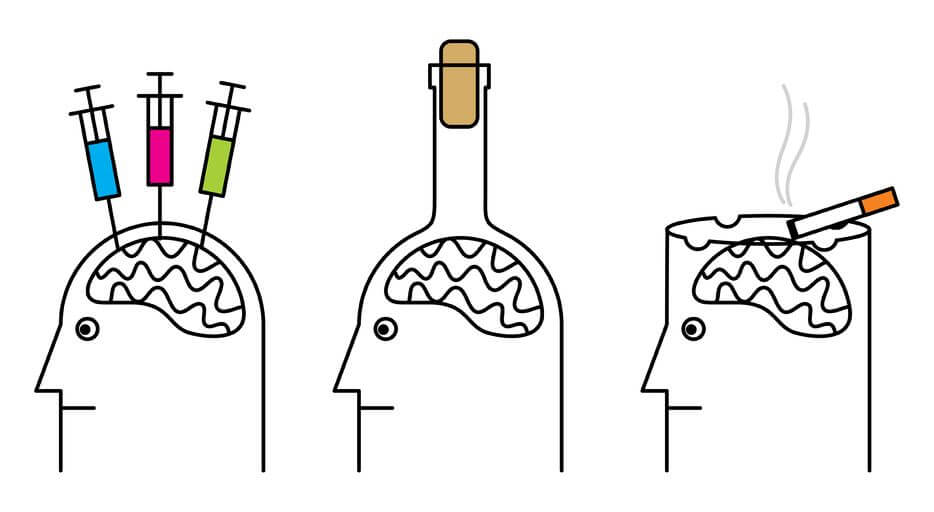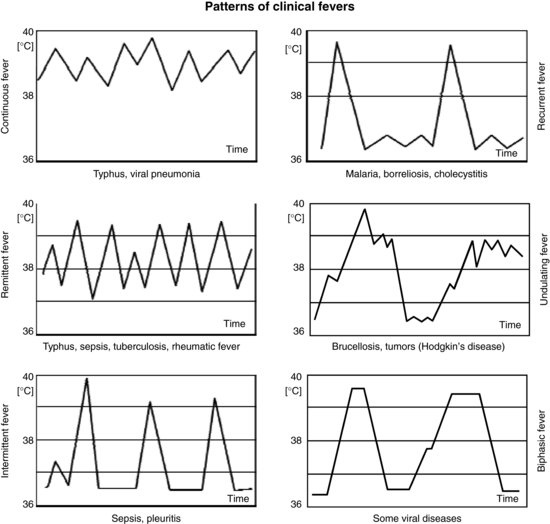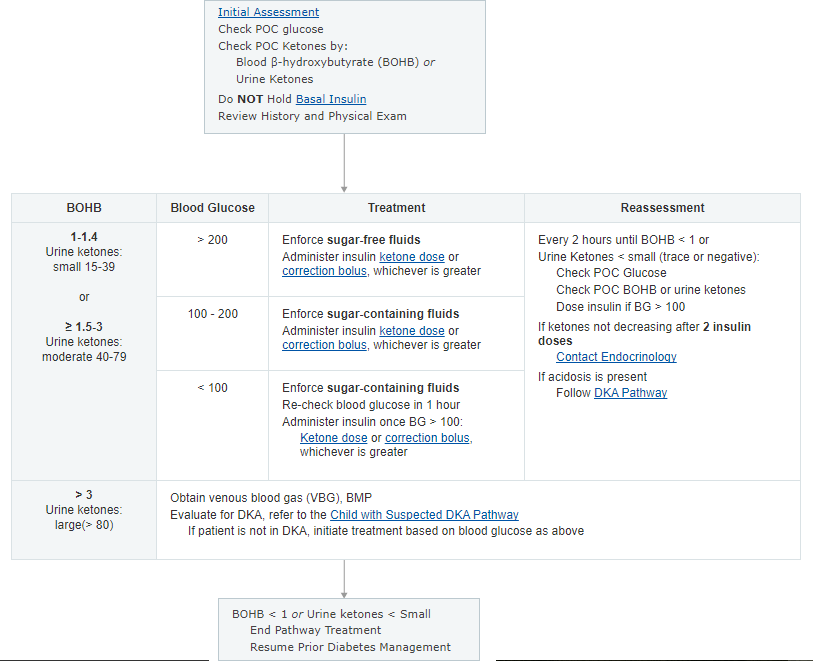Overall, blogs are the oldest, most established, and evaluated form of social media, with articles as early as 2004 noting their use in medicine and family practice.(1) Maurice Bernstein (MD, assistant clinical professor of medicine, Keck School of Medicine) was asked if physician written blogs could meet legal and ethical…
Author: Epomedicine

Modified Centor Criteria for Likelihood of Bacterial Infection In Sore throat
Centor Criteria Mnemonic: CENTOr 1. Cough absent or Can’t cough = +1 2. Exudates or Enlarged tonsils = +1 3. Nodes (Swollen tender anterior cervical lymph nodes) = +1 4. Temeperature >100.4 F = +1 5. Or: <15 years = +1 15-44 years = 0 ≥45 years = -1 Scoring

Upper GI Bleed (UGI Bleed) Scoring : Mnemonics
Blatchford Score Blatchford score is recommended by NICE for 1st assessment. Admission risk marker Score component value Blood Urea (mg/dL) 18.2-22.4 2 22.4-28 3 28-70 4 >70 6 Haemoglobin (g/L) for men 12.0-12.9 1 10.0-11.9 3 10.0 6 Haemoglobin (g/L) for women 10.0-11.9 1 10.0 6 Systolic blood pressure (mm…

Eliciting Smoking and Alcohol History
Smoking History Ask: Have you ever smoked? If yes – Further ask: For how long? What form? (cigarettes, cigars, pipe, chewed) How much? Quantify smoking history: A ‘pack year’ is smoking 20 cigarettes a day (1 pack for one year) (Number of cigarettes smoked per day X Number of years…

Fever : Definition, Mechanism and Types
Definition of Fever Studies have found that the maximum normal oral temperature is 37.2ºC (98.9ºF) at 6 A.M. and 37.7ºC (99.9ºF) at 4 P.M.; these values define the 99th percentile for healthy individuals. Hence, an A.M. temperature of >37.2ºC (>98.9ºF ) or a P.M. temperature of >37.7ºC (>99.9ºF) would define…

Short History of HGH
Short History of HGH HGH is becoming more and more popular among the sportsmen and bodybuilders these days. However, many people still don’t have a clue about what HGH really is. The time has come to answer all the possible questions on where did HGH came from, how it developed,…

Relative Bradycardia
Synonyms: Faget sign, Sphygmo-thermic dissociation, Sphygmo-thermal dissociation Definition of Relative Bradycardia Physiologically, for each 1 °F rise in body temperature, there is a commensurate increase in the heart rate of 10 beats/min . When temperature elevations are not accompanied by a physiologic increase in the pulse, the patient is said…

Diabetic Ketosis without Acidosis
Ketosis and Ketonuria Ketosis and Ketonuria may occur whenever increased amounts of fat are metabolized, carbohydrate intake is restricted, or the diet rich in fats (either “hidden” or obvious). This state can occur in the following situations: a. Metabolic conditions: Diabetes mellitus Renal glycosuria Glycogen storage disease (von Gierke’s disease)…
